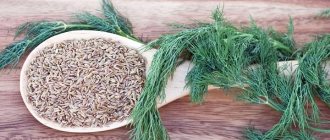Possible reasons
Body temperature rises when infectious agents enter the body. A high temperature (about 39 degrees) almost always means the development of an inflammatory process. If this phenomenon is observed in a nursing woman, the cause should be found. Main reasons:
- viral infection;
- exacerbation of chronic diseases;
- food poisoning;
- developing mastitis.
Signs of mastitis, which begins with stagnation of milk, are almost always soreness in the mammary gland, hardening, redness, and swelling. The area of the chest at the site of inflammation is usually hot. Also, in addition to the listed symptoms, it is very difficult to express milk during such a period, the woman develops weakness, chills, and decreased appetite. If this phenomenon does not disappear after three days, and the temperature reaches 39 degrees or higher, you should call a doctor. As a result of the development of acute mastitis, when a woman’s condition deteriorates greatly and pus begins to form in the breast, surgical intervention is most often resorted to. If left untreated, inflammation may spread to nearby tissues, as well as sepsis.
To rule out an incipient viral infection, you can measure the temperature under each armpit with a thermometer. With acute respiratory infections, the thermometer readings are the same.
If low-grade fever is observed during lactostasis, this means that the body has begun to fight the introduced infection.
So should we lower the temperature readings or not?
This question is probably the simplest and most discussed among ordinary people. How much should the thermometer show in order to start using drugs that reduce these indicators when diagnosed with lactostasis?
As is the case with any other inflammatory disease accompanied by fever, thermometer readings up to 38 degrees are not an indication for the urgent use of antipyretics.
However, if the thermometer shows 38.5-39 degrees, if the indicators reach higher critical figures, you cannot do without such antipyretic drugs. In addition, if the temperature is 38.5-39 degrees, with a diagnosis of lactostasis, it cannot be reduced with standard antipyretic drugs for more than one hour, it is necessary to urgently call an ambulance.
If the temperature remains constant at 38.5-39 degrees, it is strictly forbidden to continue treatment on your own for more than one hour, as this can lead to disastrous results.
Many women wonder how long a fever of 39 degrees can last when diagnosed with lactostasis, and, as a rule, do not receive a clear answer.
And all because in this case, everything depends directly on the individual characteristics of the woman’s body, and on the efforts made to eliminate stagnation.
What to do with lactostasis
Unfortunately, it is impossible to fight infectious agents with the help of antibacterial drugs when feeding a baby with breast milk. Most medications have contraindications - breastfeeding. Taking such medications can cause serious problems in the baby’s body, ranging from allergic manifestations to symptoms of poisoning.
You can lower the temperature of a nursing woman with lactostasis using medications in the form of tablets or suppositories containing paracetamol. It is good because the active substance does not pass into breast milk. You can also use baby aspirin. It is best to reduce fever at 38 degrees and above. If you have a low-grade fever, this should not be done, since at this moment interferon is produced, which the body needs to destroy the infection.
To relieve spasms of the mammary ducts during lactostasis, you should take an antispasmodic drug, for example, “No-shpu”. This will help improve milk flow. Also, Baralgin can be used as such a remedy, also with an analgesic effect. Just one tablet taken is not capable of causing significant harm to the child, but it will help to thoroughly drain all lobes of the mammary gland and prevent the occurrence of mastitis.
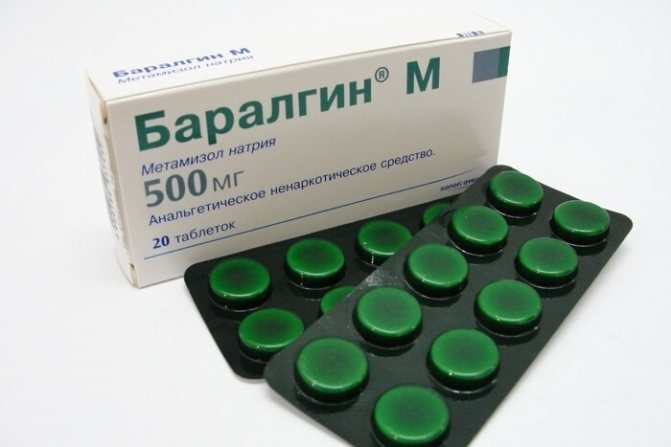
It is advisable to apply cold to the problem area of the mammary gland after taking the antispasmodic. This could be a plastic bottle filled with cold water. If you have special gel packs at home, you can use them. Sometimes frozen foods taken from the freezer can come to the rescue. All these items must be applied through a cotton cloth or towel. The exposure to cold should be for 15 minutes, then it is better to take a break and apply ice again. This method helps to compress the ducts and prevent milk from rushing to the problem area of the mammary gland. Cold also helps relieve pain at the site of inflammation.
Other ways to reduce fever
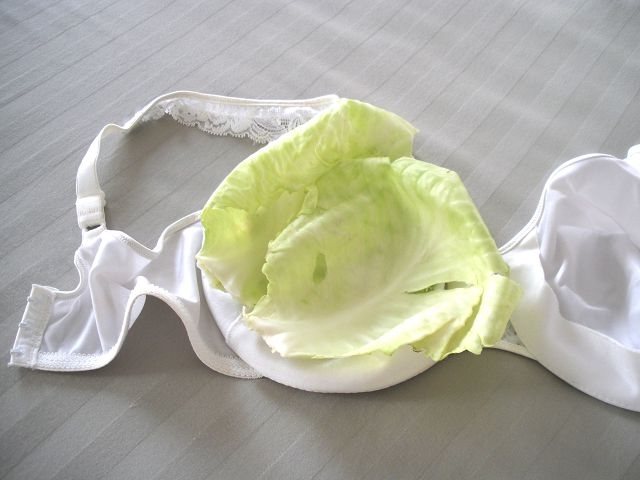
If, with lactostasis, the thermometer shows 39 or higher, and the drugs help slowly and weakly, it is necessary to regularly wipe with vinegar water. You need to wipe your forehead, elbows, knees, and also the armpit area. It is advisable to make a compress on the forehead: constantly moisten a cotton cloth or rolled gauze in cold water as it warms up.
An important step in the treatment of mastitis and reducing body temperature is local compresses on the affected mammary gland. A cabbage leaf helps a lot, which must first be beaten so that the inner side releases juice. The sheet is placed on the mammary gland, and a cotton bra that is not too tight is put on top. This procedure should be done at night, and the compress should be removed in the morning. If the fever persists and does not subside, you should consult a doctor.
How many days can a fever last?
How many days the temperature lasts during lactostasis depends on the severity of the pathological process. And also its parameters. If a woman immediately takes measures to eliminate milk stagnation, then her health improves on the same day. This is also true after taking antibiotics prescribed by a doctor if developing mastitis is suspected.
Often the temperature rises in the evening, and the rest of the time the woman feels well. This condition usually goes away after 2-3 days as normal lactation resumes. It is necessary to seek medical help if a high temperature persists for three days or more.
Particularly complicated by chills and loss of strength. In this case, it will not be possible to get rid of lactostasis using massages and compresses. Only medication will help you recover. The tactics of the upcoming therapy will depend on how long the temperature lasts during lactostasis.
Ointments for chest inflammation
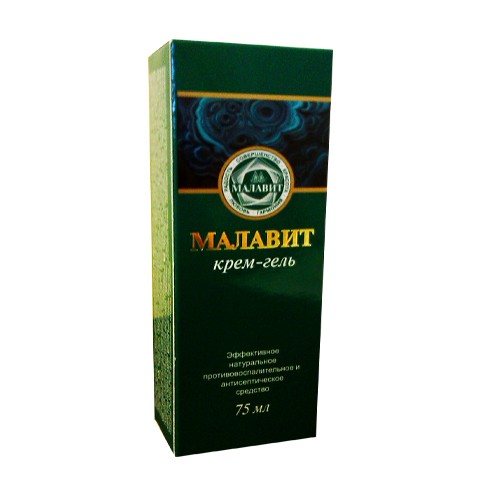
In addition to the well-known cabbage leaf, which is best applied during lactostasis overnight, you can use ointments that reduce swelling of the breast tissue and relax the ducts to improve milk outflow. Ointments also reduce the inflammatory process. It is important to choose a product that is not dangerous for the baby. The components should not be toxic, and the drug itself should not have a strong odor, since it can lead to the baby refusing to breastfeed.
Traumeel is a fairly safe ointment made on the basis of homeopathic components. It has no distinct odor. This product can be used to lubricate the gland as many times as the woman strains. But still, before the feeding process, the breasts must be washed in warm water.
Malavit is an ointment with a rich composition, components that have antiseptic and anti-inflammatory effects. For lactostasis, you can make compresses with it or simply apply it to the skin of the breast after each pumping and feeding. It is usually well tolerated and rarely causes allergic rashes. But before giving the breast to the baby, it is better to wash it.
Vishnevsky ointment for lactostasis, but such treatment is not recommended, since the components cause a rush of blood, which can contribute to the development of mastitis. Also, the ointment has a strong smell, which will lead to the baby refusing to breastfeed.
Useful video about lactostasis with temperature
List of sources:
- Guseinov A.Z., Milkevich I.N., Guseinov T.A. Modern approaches to the treatment of lactostasis. 2014 // Bulletin of new medical technologies.
- Chernichenko I.I., Khadzhieva E.D., Gerashchenko Ya.L. Solving lactation problems while ensuring adequate breastfeeding // Journal of Research and Practice in Medicine. Volume: 5, number: S1, year: 2020.
Author
Lyudmila Sheveleva
Author of the portal Mama66.ru
All articles by the author
I like!
Compresses for milk stagnation

The use of compresses for lactostasis can significantly relieve swelling and reduce the inflammatory reaction.
Magnesia - compresses with this substance are safe for both women and babies. It has no strong odor and can effectively relieve swelling of the breast tissue. Gauze folded several times is impregnated with magnesium and applied to the sore breast under the bra. Before feeding, it is better to rinse your breasts, as this substance can cause upset bowel movements in the baby.
A compress with honey cake is one of the traditional methods of treating milk stagnation. Honey and rye flour are taken in equal quantities, mixed and applied to the mammary gland. You can also add a cabbage leaf on top. This compress is done for 20 minutes - as many times as required to relieve swelling and compaction. Can be supplemented with ingredients such as aloe and butter.
Camphor oil has long been known for its positive effect on milk stagnation and mastitis. Since it has a pungent odor, you need to be very careful with it, because the baby may refuse to breastfeed.
Dimexide - this anti-inflammatory agent should not be used as compresses, as it is highly toxic and can harm the organs and systems of a small child.
The temperature subsided, but the lump in the chest remained
In the first months after childbirth, the body is subjected to serious stress - the circulatory system is rebuilt, the functioning of the endocrine apparatus is improved. The course of these processes is slowed down by stress and lack of sleep at night. Therefore, there are often situations when the compaction does not subside for a long time or its size decreases slowly.
The best way to increase the speed of regeneration is a compress with magnesium. It is enough to apply it for an hour 1-2 times a day to restore lactation. Homeopathic ointment Traumeel copes well with this task.
Therapeutic measures will help not only reduce body temperature, but also eliminate other signs of lactostasis. The woman’s well-being will quickly improve - both physical and psycho-emotional. But, if despite all efforts the temperature does not go down, you need to call a doctor. Taking antibiotics, performing ultrasound breast massage, or injecting oxytocin will speed up recovery.
Photo: ru.freepik.com, yandex.ru
Breastfeeding with lactostasis

Almost any breastfeeding woman, when symptoms of lactostasis appear, immediately questions whether to continue breastfeeding. Experts say that when such a problem occurs, it is simply necessary to feed the baby, since only a child can efficiently drain the breast. If signs of mastitis appear and the doctor prescribes treatment with antibacterial drugs, in this case you need to either stop breastfeeding or take the drug immediately after feeding. Then after two hours the milk needs to be expressed from each gland, and after an hour the baby should be fed.
If you have reserves of expressed milk, it is better to feed from a syringe or spoon. When bottle feeding, there is a chance that the baby will no longer latch on to the breast.
If you are taking medications prescribed by your doctor for a long time, it is better to switch your baby to formula. During this period, it is important to regularly pump both mammary glands so that milk stagnation does not develop further and develop into mastitis. Sometimes, to lower the temperature, it is enough to express milk from all lobes of the breast.
How to measure correctly
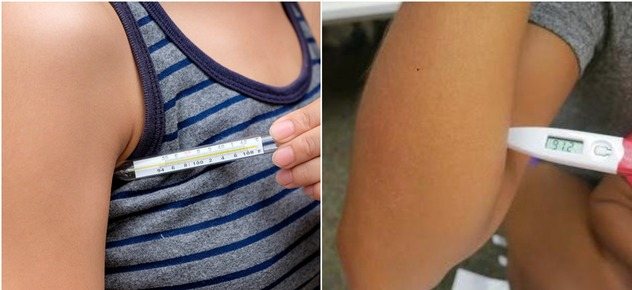
A tired patient may simply not notice that her temperature rises and does not fall for a long time. Doctors strongly recommend that if a lump is detected in the breast, it should be measured at least 2 times a day.
And in several zones:
- in two armpits;
- in the groin area;
- in the elbow bend.
Why is this necessary? This measurement technique allows not only to detect hyperthermia, but also to establish its cause. If the temperature in the armpit area is higher, then it is most likely caused by stagnation of milk.
Physiotherapy and prevention

Sometimes, when a nursing woman has problems with her breasts, the doctor prescribes physical therapy. The most common method of treating lactostasis is using ultrasound. The course consists of 4 procedures. Massage of the area of the mammary gland with a seal is carried out with a special sensor, after which the milk is expressed. After this procedure, milk comes out much easier. But you shouldn't feed them. It is better to give breast before such therapy.
The course of physiotherapy for lactostasis is usually short, since such treatment can significantly reduce the volume of milk produced.
The main measures to prevent milk stagnation are:
- Monitoring the condition of the mammary glands. Make sure each breast is completely emptied every day. If the child cannot suck all the milk, an additional pumping procedure must be carried out, which is carried out manually or using special devices.
- When breastfeeding, you should not consume a large amount of liquid, which can lead to an increase in milk production, which the baby does not need in such quantities.

- Feedings should be optimal in frequency - not too rare.
- Bras must be fitted correctly. Tight underwear can lead to disruption of microcirculation in breast tissue, including the development of milk stagnation and the appearance of inflammation.
- It is important to learn how to properly attach a baby to the breast as early as possible, since not all lobes can empty well.
- Also, to prevent the development of lactostasis and mastitis, pregnant women should take care of their nipples and use products that help increase the elasticity of the delicate skin of the nipples. These drugs include ointment or cream containing panthenol or lanolin.
The temperature during lactostasis can reach high values. Often, to reduce it, it is enough to empty all lobes of the mammary gland. If there is no improvement, you should consult a doctor, since when microorganisms penetrate the milk ducts, mastitis can develop, which is most often treated surgically. An advanced form of mastitis can lead to bacteria entering the blood and the development of sepsis, which is a threat to a woman’s life.
Is it possible to feed the baby?
The main question that worries nursing women who are faced with the problem of lactostasis and elevated temperature is whether it is possible to continue breastfeeding. The main advantage of breastfeeding is that only a hungry baby can effectively resolve congestion in the chest. But the baby should be applied first to the sick breast, and then to the healthy mammary gland.
With a very high temperature and rapid development of the inflammatory and infectious process, doctors may recommend taking antibiotics. In this case, an hour before feeding, the diseased mammary gland needs to be expressed. If the situation is advanced, the doctor may prescribe medications that may adversely affect the child’s condition, so breastfeeding should be abandoned. The child can be switched to formula.
Elevated body temperature with lactostasis is a signal that you need to consult a specialist. The disease cannot be neglected, as this threatens the development of mastitis. Treatment must be timely and correct, then the symptoms can be dealt with quickly and effectively.





